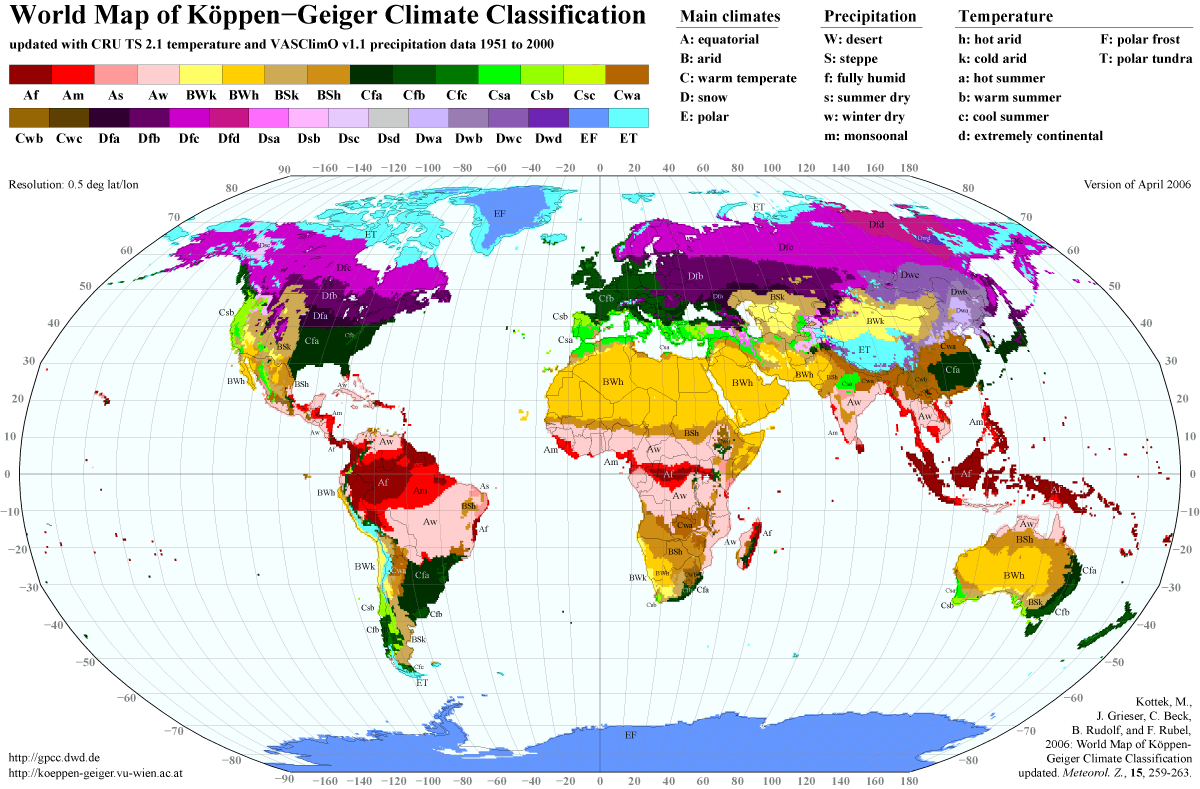 |
| map of Canada showing Montreal in providence of Quebec near the U.S border. Map from http://www.listingsca.com/maps.asp |
 | |
| This map shows the recorded climate change happening in Canada. Montreal has had a temperatures raise 3.5 to 4 degrees C in the 20th century and beginning of the 21st. Map from http://www.ec.gc.ca/sc-cs/default.asp?lang=En&n=FE6B6E6B-1 |
Montreal is warming by looking at data from 1950 there has an overall increase with the largest temperature differences occurring in the summer, however even winter temperatures have risen as well. So what does this all mean? According to the IPCC report over the next century it is very likely that the temperatures will continue to rise. Summertime high and lows will near average or above average temperatures. New record temperatures will more than likely occur on a frequent basis in the 21st century. This temperature rise in the summer coupled with the high humidity of Montreal will more that likely lead to dangerous heat wave/ heat index potential leading to higher mortality during periods of long, high temperatures with dry conditions. This young, sick, and elderly would be in the most danger during these events. Also the summer temperature change along with urban heat island effects means more energy will be needed an used to operated and run more air conditioning units which could lead to higher greenhouse gas emissions.
Winter temperatures will also continue to rise slowly in the beginning of the 21st century, but this temperature change could increase later in the century. This increase potential is due to the polar regions warming more rapidly and the loss of ice which reduces albedo and allows more solar radiation to reach the pole. In Montreal this rise in winter temperature has benefits. Since Montreal is a major port city between the great lakes and the Atlantic, higher winter temperatures mean the ports can stay open longer without the constant threat of the system icing up. This means more productivity through the winter and more economic gains yearly.
| Temperature data from 1950 to 2011 for January and July. Data unavailable from 1963 to 1973 |
With climate change comes changes in weather and precipitation. In Montreal and the surrounding region there will an increase in precipitation. During the warmer months more tropical moisture will make it's way to the region leading to heavy rain and potential flooding risks. Since Montreal is built on confluence of two rivers a major flood event could be catastrophic for the city. Even minor flood events would bring a lot of damage to the city and possibly loss of life. Over the 21st century the strength of the continental polar air mass(dense, cold, and dry air) will weaken this means more moist air will be effecting Montreal's winter weather more regularly. So more heavy snow and potentially deadly ice storms will occur more frequently. In general during the year Montreal's seasonal averages of precipitation will change on a steady basis.
 |
| map of a recent flood in 2011 in the Quebec Providence. This flood was attributed to the climate change occurring. Map from http://blogs.montrealgazette.com/2011/05/11/quebec-floods-a-sign-of-climate-change-experts-divided-on-environmental-impact-of-record-breaking-floods/ |
In closing yes climate change is occurring and effecting Montreal. However compared to other regions of the Earth the effects in Montreal is less severe. Large scale droughts and large cyclonic storm activity is less likely to reach Montreal. The change in sea level will also not effect Montreal since the city is well within the North American continent. Also socially Montreal and all of Canada are one of the best nations in reducing GHGs and developing new ideas and policies to reduced the anthropological effects on climate change. Canada in the 21st century just might be one of the leaders in helping both understanding and controlling climate change for the 22nd century.


